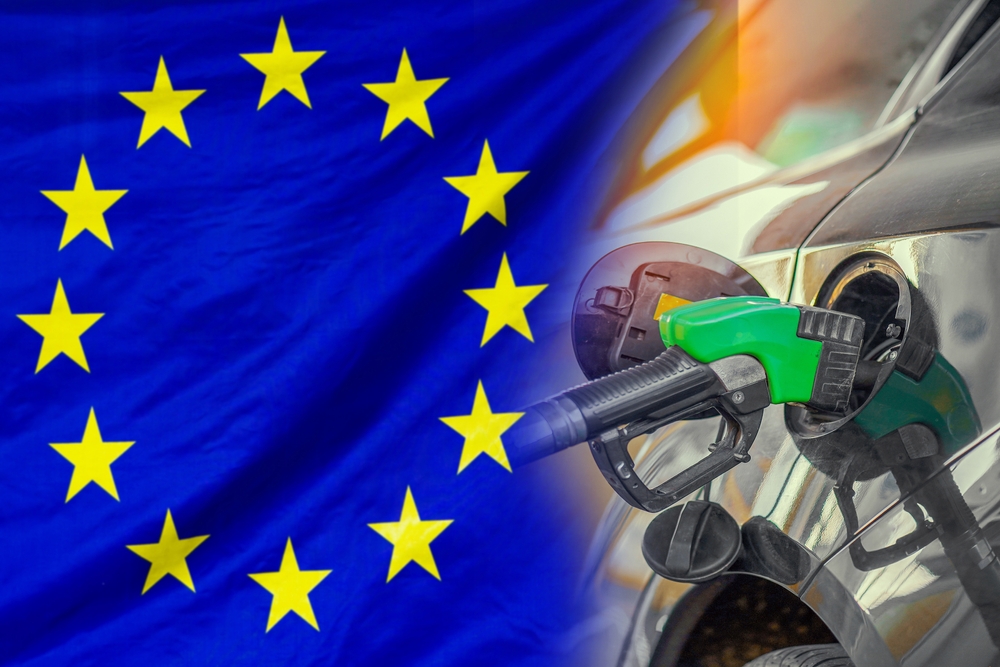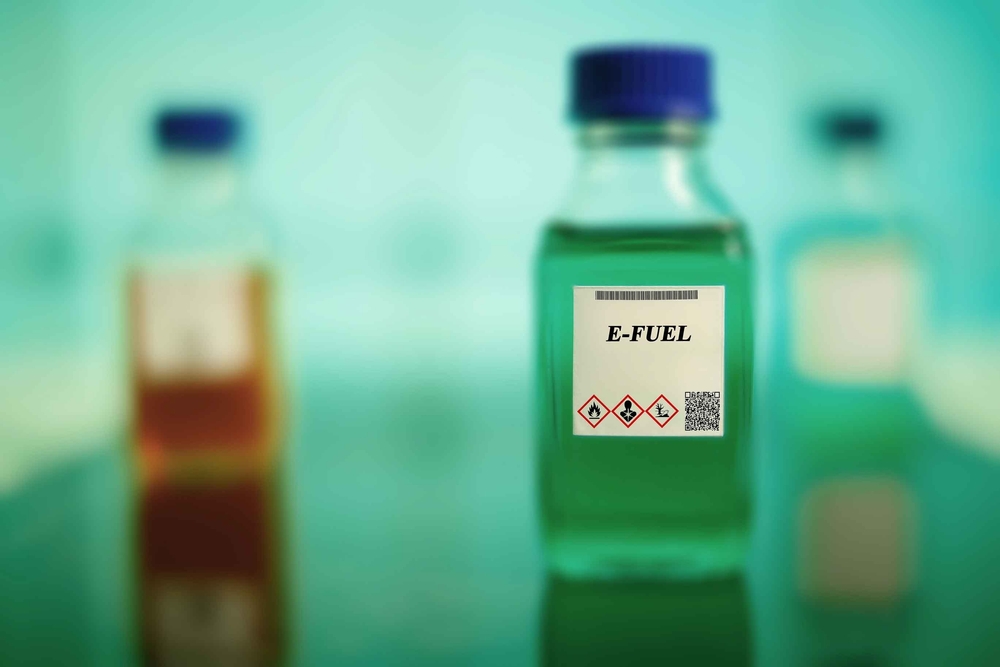Eu reaches a deal with Germany on e-fuels post-2030.
E-Fuels Update April 1st 2023 – European energy ministers and Germany agreed yesterday to leave space for E-fuels in the EU’s plan to phase out combustion engines by 2035.[1]
The law had proposed banning new cars with internal combustion engines (ICE) from selling after 2035.
In a net zero backtrack forced by German manufacturers and the German Government, the EU Commission agreed to compromise on allowing newly registered combustion cars to continue to use a climate-neutral synthetic fuel or so-called E- fuels after the 2035 deadline.

German Reaction on e-fuels
In Germany, the car industry welcomed this agreement with Hildegard Mueller, head of Germany’s automotive industry association, VDA, she said in a statement.
“Electric mobility remains the central technology for achieving the climate targets in transport E-fuels, however; represent an important extension of the options available,” she said
Germany’s finance minister laid down his ambitions earlier in the week, citing,” our goal is to allow new cars with internal combustion engines to be registered after 2035”, and he has support.
German transport minister Volker Wissing demanded[2] the Commission allows a loophole for cars powered by synthetic fuels made from renewable energy and captured CO2.
The Germans say such fuels are green and would allow carmakers to continue to produce conventional combustion engines rather than switch to batteries crucial for car powers like Italy and Germany.
Italy is Concerned about manufacturing Jobs.
Italy’s Prime minister Giorgia Meloni also vowed to forcefully oppose the planned car ban arguing;
” “they are deeply damaging to our manufacturing sector.”
Italian PM
Italy’s Transport Minister Mateo Salvini has argued that this ban on ICE cars will effectively hand the EU blocs car market to the biggest electric vehicle manufacturer, China and cost hundreds of thousands of jobs.
Green groups within the Commission, however, are sceptical of these new Efuels; they pushed hard for zero tailpipe emissions after 2035.
Efuel – The UK is out on a Limb.
The UK is out on a limb by autonomously banning the sale of ICE by 2030 and zero tailgate emission (Hybrids) by 2035.
Net Zero Watch welcomes the move and calls for the UK Government to follow suit and ban the 2030 target. Net Zero Watch director Dr Benny Peiser commented.
“Now that the European ban on the sale of combustion engine cars has been overturned, the government will come under growing pressure to follow suit if it wants to avoid destroying the British car industry for good.”{3}
Benny Peiser, ZNW

What is E-Fuel?
E-fuel is a synthetic alternative to petrol or diesel; made by combining air and water charging with electricity; however, it is still costly to produce and inefficient.
Taking carbon dioxide out of the air and hydrogen out of water, the molicules are then combined, the result is the new synthetic E- fuel.
The “direct air capture ” is the capture of the CO2 from the atmosphere , a new technology developed at the Orca plant Iceland.[4]
Burning the E-fuel in a combustion engine still produces carbon dioxide pollution. The idea is pulling CO2 out of the atmosphere to make the fuel, cancels out new emissions giving net zero.
There is no commercial supply of this alternative fuel at the moment. For that reason it will be expensive to make, pulling molecules out of air and water is very energy intensive.
Cynics think this is a ploy to continue manufacturing icombustion engines and pushing the preverbial can into the long grass.
E-Fuels List of the Top FAQs
Your current car is an E-Fuel car. No modifications are required to powertrains or the current infrastructure.
An E-Fuel is a carbon-neutral fuel. A physically synthetic combustible fluid that works in a traditional Internal Combustion Engine that has a complete process from production to zero emissions tailpipes free of CO2.
Not in commercial quantities. Porsche AG, in partnership with Chilean company HIF (Highly Innovative Fuels), has just started industrial production of synthetic fuels at the Haru Oni demonstration plant in Punta Arenas. Norsk e-Fuel is due to start production of E-Fuel in 2024
A zero-energy source like Wind generation is used to obtain Hydrogen by electrolysis from water (H2o). A filtration process directly captures, heats, and condenses CO2 from the atmosphere, purifying the air.
The Hydrogen obtained by electrolysis is combined with the captured CO2 through a “ synthesis “ process. The final result is a physically neutral E-fuel that can be used in today’s cars, ships and planes with no modifications. The whole process is Carbon Neutral.
Not at the moment. Electric cars are the best option for zero emissions for the foreseeable future. In the long-term EV,s have an infrastructure problem that would not be needed for E-Fuel delivery.
It’s good news for petrol Hybrids as the requirement for zero-emission tailpipe emissions will be enforced by 2035 (UK).
E-Fuel is expensive to produce, especially the high energy required for Synthesis. There is a need for reliable regular Wind, Solar or Waves to make it commercially viable. As with current fossil fuels, cost per mile is less efficient with E-Fuels than with an Electric or Hydrogen equivalent car.
The Current E-10 fuel superseded Regular 95-octane fuel at the pumps in September 2021. E-10 fuel contains up to 10% renewable Ethanol (E-Fuel), reducing overall CO2 emissions. E-Fuel is 100% CO2 Neutral.
